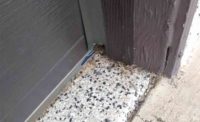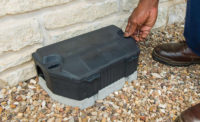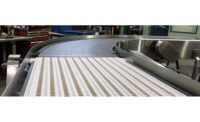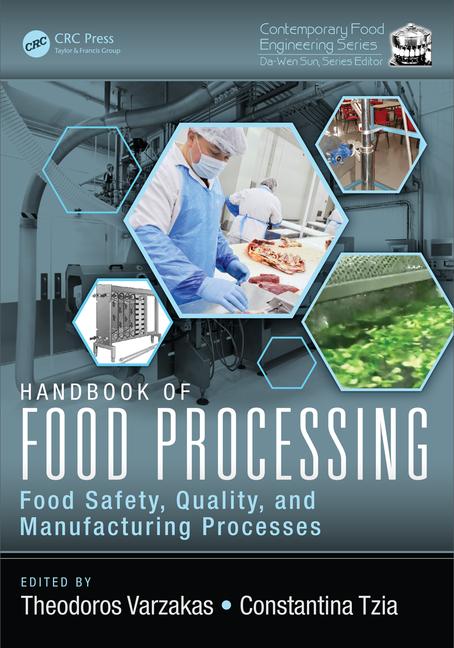Pest control in snack and bakery production facilities
Specialists share best practices on how to keep rodents, insects, and more out of your facilities




Snack and bakery facilities need to control and prevent pests such as rodents and insects in and around their facilities to help ensure the integrity of their products.
Top considerations
Food manufacturers who are building a new facility ideally should ask their pest control company to work with architects from the outset and design facilities with as few cracks, crevices and other openings as possible, says Brittany Campbell, staff entomologist, National Pest Management Association, Fairfax, VA.
“Rats and mice can enter into holes the size of a quarter, or even a dime with mice,” says Campbell. “If they work with an architect from the get-go, they’ll think about ventilation, loading areas and storage, and try to minimize pests from entering those areas. They’re also going to look at garbage, keeping dumpsters away from the facility and preventing them from finding extra food sources there. They will probably recommend removal of harborage sites, such as cardboard boxes on the ground.”
Patricia Hottel, technical director, McCloud Services, South Elgin, IL, notes that snack and bakery facilities should have pest management companies out on a regular basis to do inspections, both to see if pests are present and to chronicle conditions that could put the facility at risk, including historical conditions of pest activity.
Then, they will build a program around the findings of both an interior and exterior assessment, placing control and monitoring devices as appropriate. “Typically, a pest management company will then have a program that will tie in findings, either from activity observed or results from a monitoring device, with a response plan and an action plan that is more formal,” says Hottel. “There should be a strong documentation system in place for what conditions are found, actions taken and a strong partnership that develops with the clients.”
Control strategies
Pest control and prevention involves the integration of chemical and non-chemical techniques and tools, and the client plays an important role in the latter, Hottel says. “A good partnership is important for that reason. Knowing what the risks are to the facility is fundamental to developing the right program. Monitoring devices such as rodent traps, bait stations on the exterior of the facility and insect light traps—most of these are considered tools, which then alert the pest professional that there’s a problem, but some involve the client’s assistance.”
On the exterior of a facility, keeping the structure well sealed is important, particularly around areas like dock doors. Sometimes warm production facilities might choose to keep doors open for ventilation, in which case they should be screened, notes Hottel. If a dock door is damaged, employees need to know to report it. “You need to educate personnel,” she says.
“Not only can pests come in from the immediate vicinity, but they need to do a good inspection of incoming goods,” says Hottel. Rotating stock in and out on a regular basis also helps to control pests. “Make sure you’re using up your inventory. The longer material sits in a facility, the more prone it is to pest activity.” Sealing up cracks and crevices in the floor that attract residue, properly cleaning and drying mats every night, and emptying vacuumed contents to an exterior trash receptacle or drain are other best practices.
And the cleaning cycle needs to account for pest life cycles—for example, a facility having problems with flies should be trying to disrupt completion of the life cycle, from egg to adult, notes Hottel. “Timing of cleaning operations should match whether or not the pest concerned can make it to adult stage and reproduce.”
Storage areas with heavy shelving that’s low to the ground can be difficult to clean depending on how they’re designed, especially if pests are able to get into the base, Hottel says. “That’s not something you can sweep out—you might have to vacuum, or depending on how complicated it is, use compressed air.”
Ductwork is another challenging area to clean that’s sometimes overlooked. When trying to troubleshoot why a customer has a problem, Hottel will ask when the ducts were last cleaned. “Clients sometimes can’t remember,” she says.
Also, cardboard should never be used for long-term storage, precisely because it cannot be cleaned, notes Hottel. “That’s allowing pests to prosper,” she says.
Looking for a reprint of this article?
From high-res PDFs to custom plaques, order your copy today!











